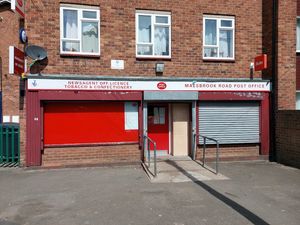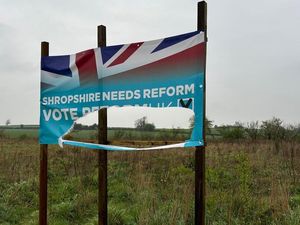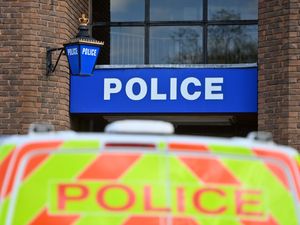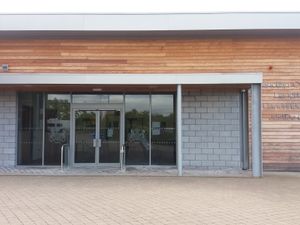Michael Warham murder trial: Nothing certain is known, Shrewsbury hearing told
Almost nothing is certain about the movements of two gangs of youths leading up to the fatal of stabbing of a 16 year old in Shrewsbury, a court heard.
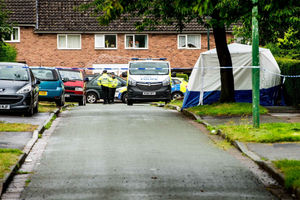
Declan Graves, 20, is accused of the murder of Michael Warham, 16, in Meole Brace last year.
But as his trial moved onto the defence case, John McDermott, representing Graves, claimed the prosecution's version of events was nothing more than a "cosy theory" based upon a "series of assumptions" - and suggested there may have been two or three unaccounted for youths involved in the clash that resulted in the stabbing.
Mr Warham, from Bootle, Merseyside, was stabbed twice after a confrontation between between youths armed with wooden poles and metal bars at around 9.30pm on August 1, 2016. He later died in hospital.
A gang of youths was seen running past a CCTV camera on the estate and later across the main main road at McDonald's on the Meole Brace retail park - but not Graves nor Warham, who it was suggested earlier in the trial were left behind - which is when the stabbing happened.
Graves, from Liverpool, called at a property on Stapleton Road claiming he was being chased by others. A knife was found in the garden of that property, and the fatally wounded Mr Warham on nearby Wayford Close.
But Graves denies murder and Mr McDermott told Stafford Crown Court it was impossible to pinpoint the exact time and location of the stabbing, as Mr Warham may not have fallen exactly where it took place.
He said neither had been identified on the motion-triggered camera but they both must have passed it given where they ended up.
He said this led to the possibility there were more people about who did not trigger the camera.
The case so far:
"But there were no checks on the camera before it was dismantled so we have no idea how it was triggered," he said.
"We suggest on the prosecution's evidence alone that there were 13 or 14 people on the street that night involved in this whole morass."
He said there was even an unaccounted for man seen wandering up Wayford Close shouting "Tezza".
"We have no name of Terrance in this case," he said.
He said it also didn't make sense that Graves stopped in the garden of a nearby house - and when seen ran in, apparently terrified, rather than running away.
"If he had just killed the only member of the opposition that was still nearby why didn't he run as far as could before getting rid of the knife? His trembling fear does not fit in with the theory that he and Michael Warham were alone in the street."
The knife found in the garden had Mr Warham's DNA on it but not Graves's, and no blood, while another knife was found nearby with the DNA of another youth on it.
Mr McDermott said it was "not fanciful" to suggest it could have been another knife altogether that stabbed Warham, given the "amount of disorder and the amount of people" - and there was no evidence in any case that Graves did the stabbing, which he said was a "sorry state of affairs" given the prosecution's case revolved around the Stapleton Road knife and its DNA.
He said other youths were found around Shrewsbury in the aftermath of the events, one hiding in a shed.
"Far from being one candidate in this killing, there are several," he said.
"Is there any distinction to be drawn between Declan Graves and the other candidates in this case regards to his besaviour?" he said.
The case continues.

